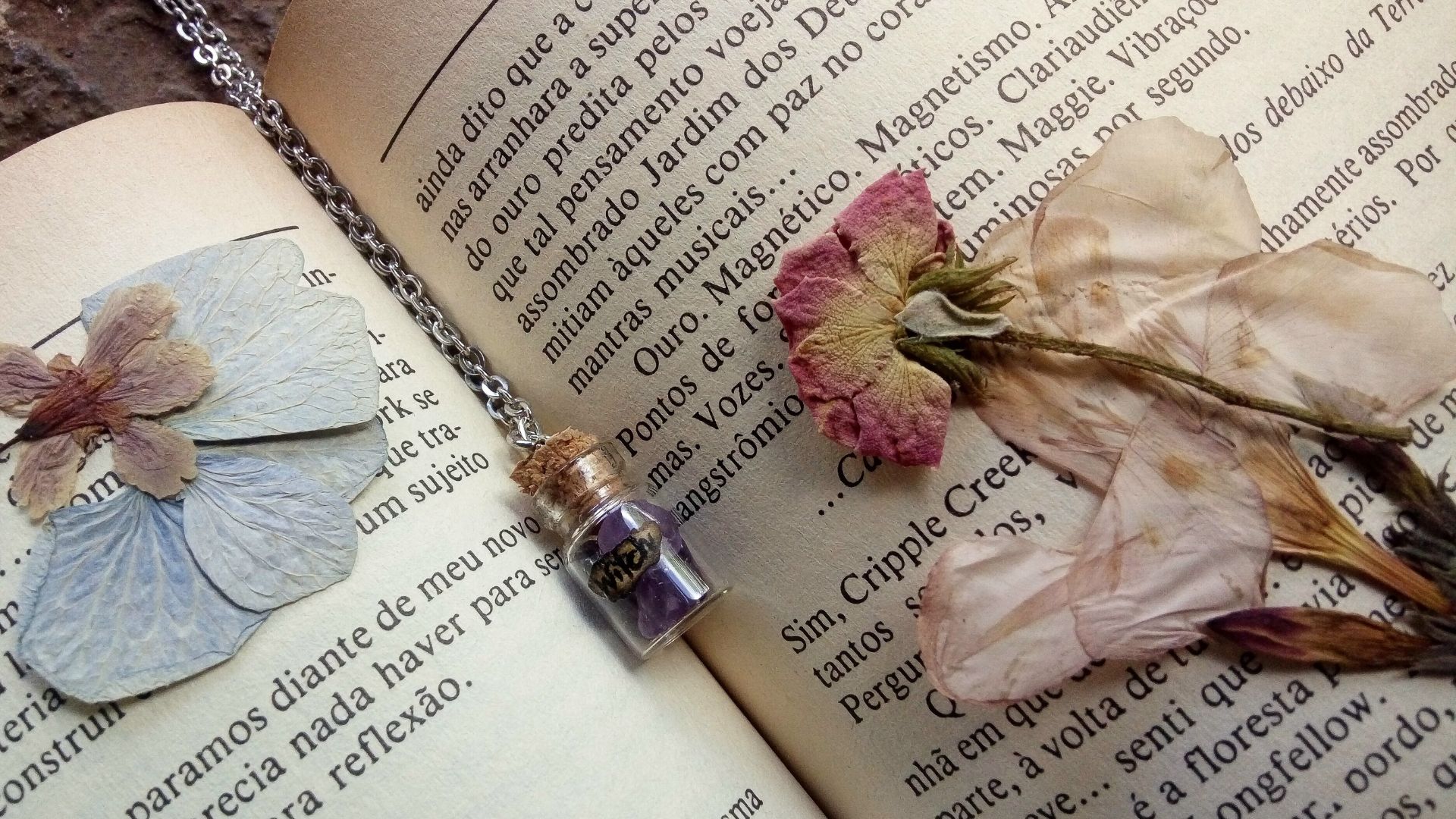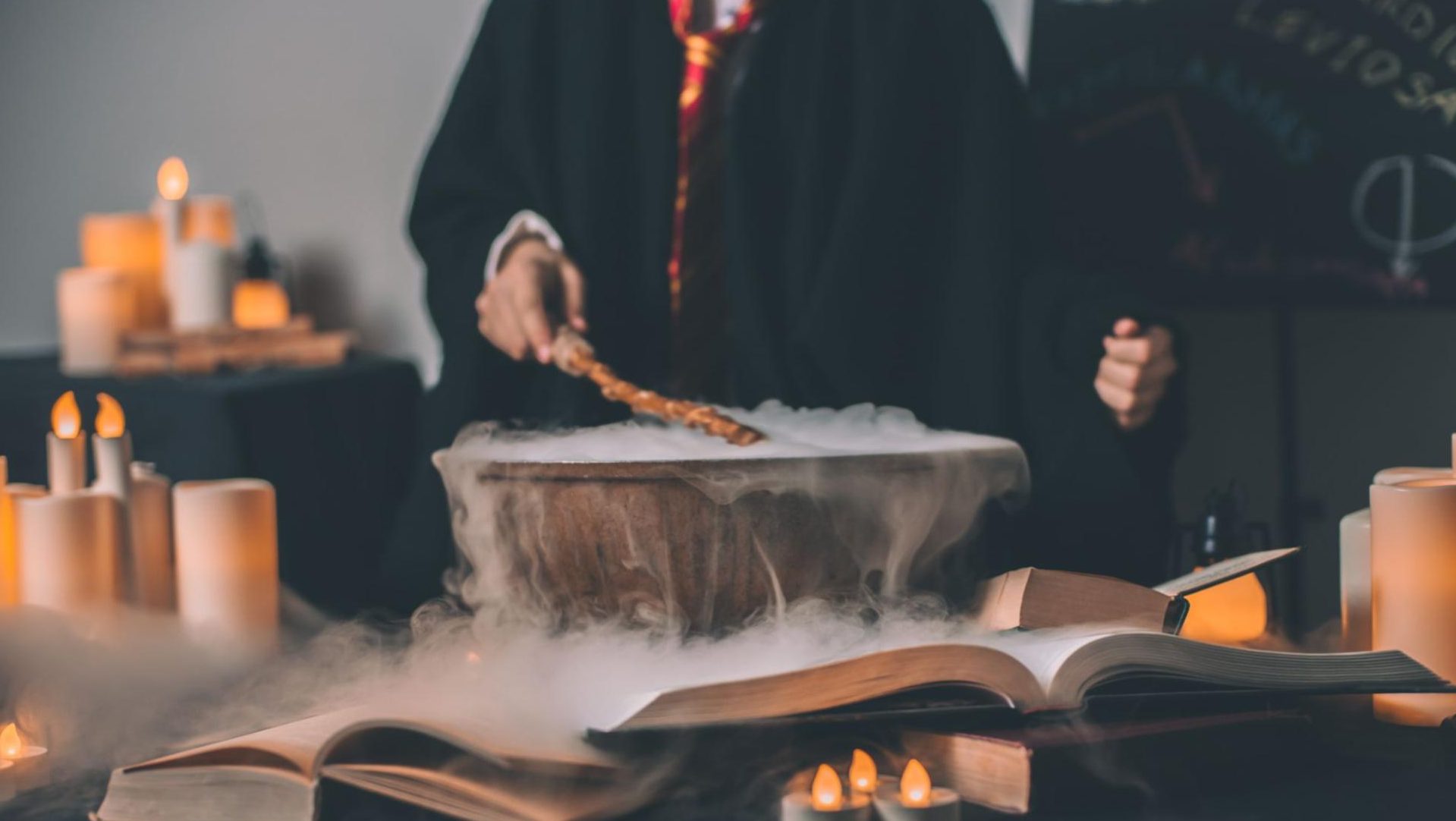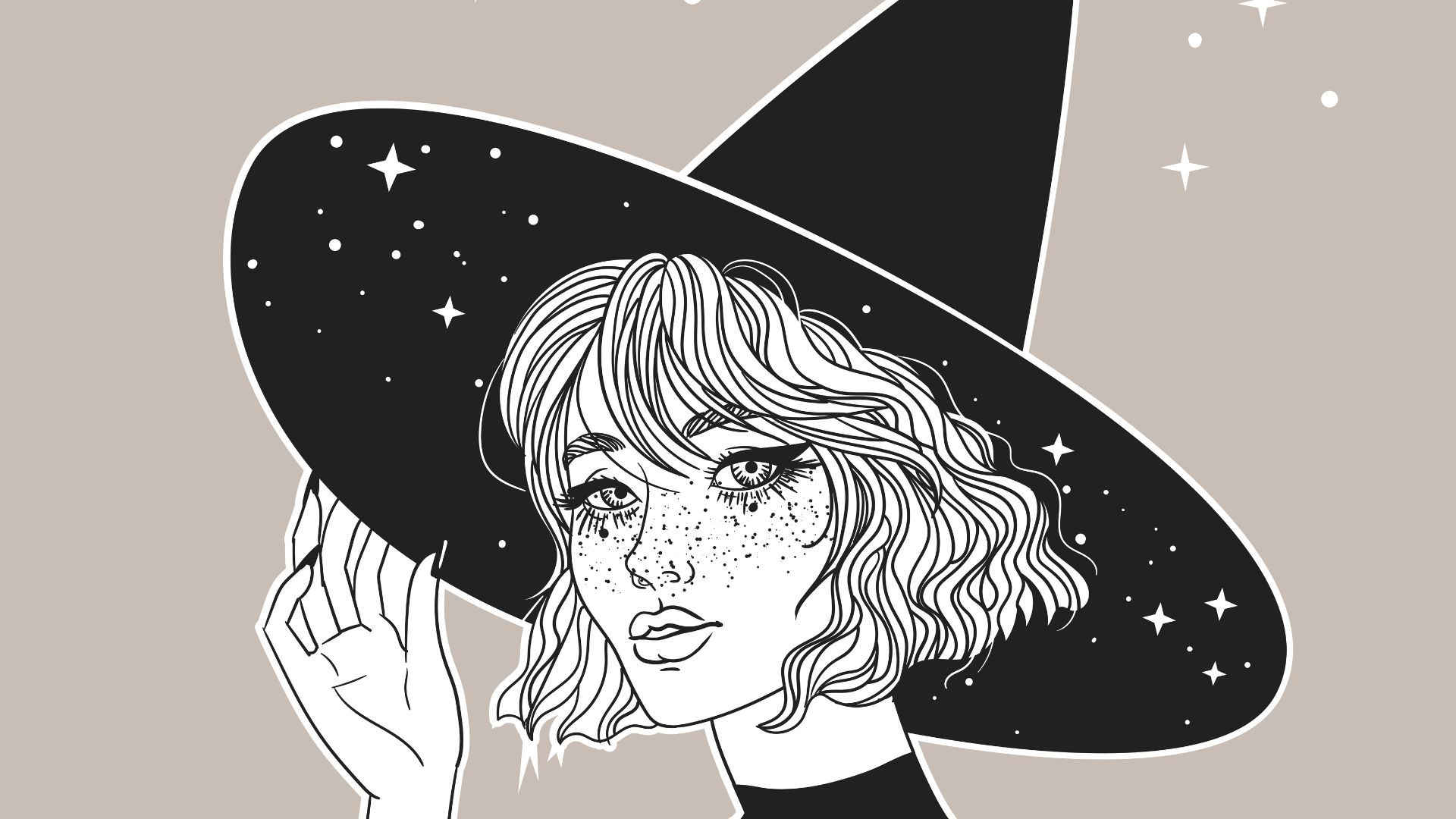

Is Witchcraft Dark?
In a world often shrouded in mystery and misconceptions, the practice of witchcraft stands as a prime example of a misunderstood and unfairly maligned spiritual path. While popular culture and historical biases have often depicted witchcraft as synonymous with darkness, malevolence, and ominous rituals, it is crucial to delve beyond these stereotypes and unravel the profound spiritual essence that lies at the heart of this ancient practice. Witchcraft, when understood in its truest form, is a rich tapestry of interconnectedness with nature, the cosmos, and the self.
Rooted in ancient traditions and often shrouded in mystery, the mere mention of witchcraft conjures images of pointed hats, cauldrons bubbling with potions, and broomsticks soaring across the night sky. But beneath the popularized imagery lies a rich and diverse tapestry of spiritual practices, encompassing a spectrum of beliefs and intentions. This article delves into the question that has echoed through the ages: Is witchcraft dark? We are going to demystify the misconceptions surrounding witchcraft and shed light on the aspects of this ancient craft.
The Origins and Diversity of Witchcraft:
To understand whether witchcraft is inherently dark, we must first grasp its origins and the diverse forms it has taken across cultures and time periods. Witchcraft, in its broadest sense, refers to the practice of magic, often involving rituals, spells, and the invocation of supernatural forces. The roots of witchcraft can be traced to ancient civilizations, where individuals with knowledge of herbs, healing, and divination were revered for their wisdom. However, as societal norms shifted and religious ideologies evolved, the perception of witchcraft underwent a drastic transformation.
In medieval Europe, the term “witch” became synonymous with malevolent sorcery, and the infamous witch hunts claimed countless lives in the pursuit of eradicating perceived dark forces. Conversely, in contemporary times, various forms of witchcraft, such as Wicca, have emerged as peaceful and nature-oriented spiritual practices. The diversity within witchcraft itself challenges the notion of it being inherently dark, highlighting the importance of discerning between the historical context and the intentions of practitioners.
The Intentions Behind Witchcraft Practices:
While some may engage in witchcraft with the aim of harnessing power for benevolent purposes—such as healing, protection, and spiritual growth—others may explore the darker realms, seeking to manipulate energies for personal gain or harm. It is crucial to recognize that witchcraft, like any spiritual practice, is a tool that can be wielded with various intentions, and its moral compass is inherently tied to the beliefs and values of the practitioner.
For those who practice witchcraft as a form of spirituality, it often involves a deep connection with nature, the elements, and the cycles of the moon. Rituals and spells are performed not with the intent to harm but to align with these natural forces, seeking harmony and balance. On the other hand, those who delve into darker aspects of witchcraft may be drawn to the allure of power, control, or even revenge. As we explore the intentions behind witchcraft practices, it becomes evident that the darkness associated with it is not inherent but rather a reflection of the individual practitioner’s choices and ethical framework.


The Nature-Centric Core:
At the heart of witchcraft lies an unwavering connection to nature, a deep-rooted reverence for the Earth and its elements. Practitioners of witchcraft understand that the natural world is an intricate web of energies, each element carrying its unique vibrations and spiritual significance. Far from being a malevolent force, witchcraft seeks harmony with nature, acknowledging the sacred interplay of earth, air, fire, and water. The practices associated with witchcraft often involve rituals that align with natural cycles, such as moon phases and seasonal changes. Through these rituals, witches tap into the potent energies of the universe to manifest positive change in their lives and the lives of others.
Moreover, the emphasis on nature extends beyond mere ritualistic practices; it forms the foundation for a broader ethical framework. Many witches are staunch advocates for environmental conservation and sustainability, recognizing that the well-being of the planet is intricately linked to the well-being of its inhabitants. The very essence of witchcraft, therefore, contradicts the notion of darkness, as its practitioners actively engage in fostering a symbiotic relationship with the Earth and its inhabitants, promoting a brighter and more sustainable future.
The Power of Intent and Positive Manifestation:
Contrary to the ominous depictions often portrayed in literature and media, witchcraft is fundamentally centered around the power of positive intent and manifestation. Witches understand that energy follows thought, and their practices are geared towards channeling this energy for constructive purposes. Rituals, spells, and incantations are instruments through which practitioners focus their intentions to bring about positive change. The concept of the “Law of Attraction” is deeply embedded in witchcraft, emphasizing that like attracts like. By harnessing the power of intention, witches strive to manifest love, healing, and abundance in their lives.
Witchcraft, in its essence, is a path of empowerment. It encourages individuals to take responsibility for their actions and the energy they project into the world. The idea of wielding magic is not about dominating others but about mastering one’s own inner world, fostering self-love, and radiating positive energy outward. Witchcraft’s emphasis on self-discovery and personal growth contradicts the dark and malevolent image often associated with it.
The Healing Arts:
Central to the practice of witchcraft is the profound commitment to healing—both on an individual and collective level. Far from casting harmful spells or curses, witches are often deeply involved in spiritual healing and holistic well-being. Many witches are skilled in herbalism, crystal healing, and energy work, drawing from ancient wisdom to bring about physical, emotional, and spiritual balance. These healing practices, rooted in centuries-old traditions, harness the natural energies present in the Earth’s elements to promote health and vitality.
In the realm of spiritual healing, mediums within the witchcraft community often act as conduits between the spiritual and material worlds. These individuals, like myself, use their intuitive abilities to connect with higher realms, offering guidance, comfort, and closure to those seeking a deeper understanding of their lives. The spiritual healing aspect of witchcraft is intrinsically tied to the pursuit of enlightenment, urging practitioners to explore the depths of their own consciousness and connect with the divine source of all creation.
Cultural Diversity and Inclusivity:
Witchcraft is not a monolithic practice; it is a diverse and inclusive spiritual path that transcends cultural and geographical boundaries. From Wicca to Hoodoo, practitioners of witchcraft draw inspiration from a myriad of traditions, each with its unique rituals, deities, and philosophies. Embracing this diversity is an inherent rejection of the darkness often falsely associated with witchcraft. The global tapestry of witchcraft highlights its adaptability and openness to various perspectives, fostering a sense of unity among its practitioners.
Furthermore, modern witchcraft has become a platform for social activism and empowerment. Many witches actively advocate for social justice, equality, and the rights of marginalized communities. This commitment to inclusivity and justice aligns with the core principles of light and goodness, contradicting the stereotype of witchcraft as a malevolent force. By standing up for the oppressed and promoting a more compassionate society, witches demonstrate that their practices are firmly grounded in benevolence, empathy, and the pursuit of a harmonious world.
Conclusion:
In conclusion, the pervasive idea of witchcraft as a dark and malevolent force is a distortion of its true nature. Many have witnessed firsthand the transformative power of this ancient practice. Witchcraft, at its core, is a path of light, emphasizing the interconnectedness of all things, the power of positive intent, the healing arts, cultural diversity, and inclusivity. By dispelling the myths and misconceptions surrounding witchcraft, we open ourselves to a richer understanding of this spiritual path—one that celebrates the inherent goodness within individuals and strives for a world illuminated by the benevolent energies of the universe.













